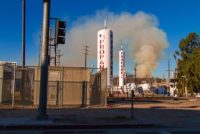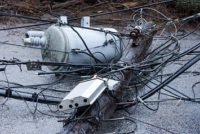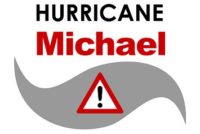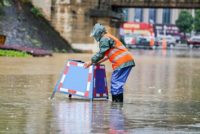Category: Emergency Preparedness and Response
No one wants it to happen, but an emergency, natural or manmade, can strike at anytime, 24/7. What’s more, it need not be a major, nationally-televised incident, such as a hurricane, earthquake, or act of political terror. An event as common as a local building fire can present just as large a challenge to you. These resources will help you create a plan for handling such crises, whatever their scope, and to carry it out in a way that best protects your employees and your company.
Free Special Report: 50 Tips for More Effective Safety Training
Let’s say you have your workplace violence prevention plan in place, and you are conducting the training outlined in your plan. Part of the plan should include strategies for your workers to avoid harm. Here are four key tips to offer your workers should they be confronted with violence at your facility.
In mid-November 2018, Rep. Joe Courtney (D-CT) introduced legislation that would set a deadline for OSHA to issue the first national standard requiring that healthcare and social service employers develop and implement a comprehensive workplace violence prevention plan. The bill was referred to the House Committee on Education and the Workforce; the legislation has 22 […]
As the Carr Fire raged across Northern California this summer, firefighter James Bevins spent 2 weeks providing rescue support for helicopters dispatched to dump water and fire-retardant chemicals on the 230,000-acre blaze.
Following up on a post from yesterday’s EHS Daily Advisor, here are a few more steps you can take to ensure your employees are properly prepared for emergencies and disasters.
In 2017, there were 10,000 deaths caused by natural disasters worldwide. And a lot of those occurred while people were on the job. In addition, research shows that the number of recorded natural disasters has increased quite a bit in the past century. So, it’s still critical, perhaps now more than ever, that we’re well-prepared […]
Remember the parable of the blind men and the elephant? Each man forms an incorrect conclusion about what the elephant is like, based on limited information. The man touching the elephant’s tail concludes that an elephant is like a rope. The man touching its tusk believed that the elephant was more like a spear. The […]
One of the most important tools for preventing workplace injuries, illnesses, and fatalities is a hazard assessment. Situations are analyzed to determine the risks they pose, and then employers decide how best to control those risks. Unfortunately, one increasingly common hazard has thus far defied our ability to predict and prevent it—mass shootings.
In a news release last week, the U.S. Department of Labor (DOL) announced actions it is taking to assist Americans in states affected by Hurricane Michael. Here is a roundup of what’s happening in the wake of the disaster.
Michael, the first Category 4 hurricane to make landfall in the Florida panhandle, hit with 145 mph sustained winds, more than enough to cause major wind damage. The central pressure of the storm fell rapidly and was down to 933 millibars, just shy of the most intense hurricanes on record to make landfall in the […]
In a recent press release, OSHA urges emergency crews in the areas affected by Hurricane Florence to be aware of hazards from flooding, power loss, structural damage, fallen trees, and storm debris. The release also provides helpful reminders and resources for affected employers and their workers.










